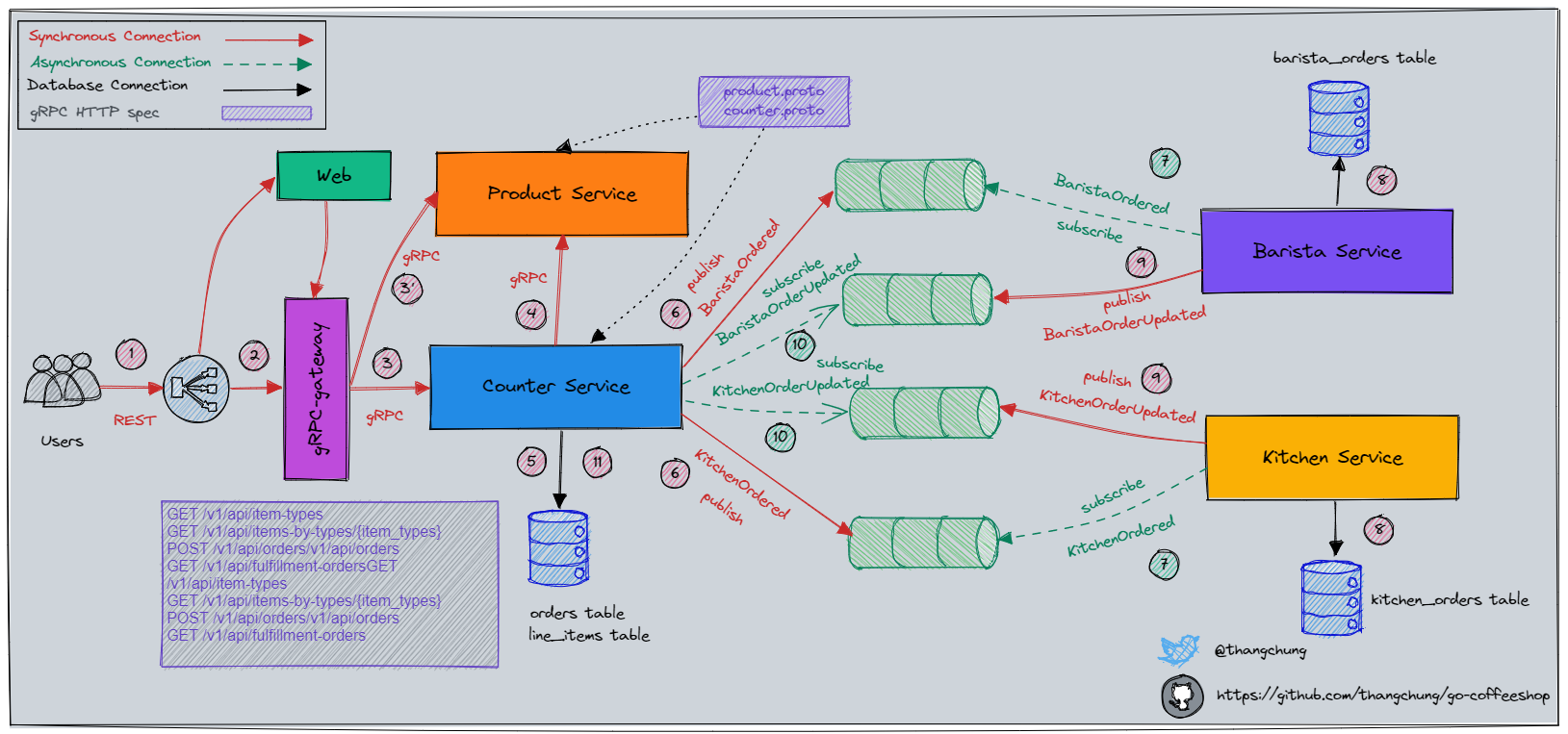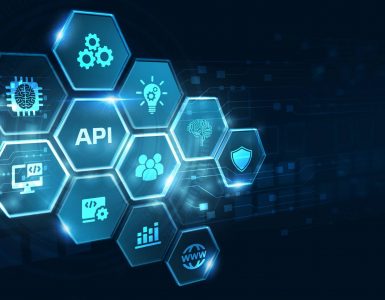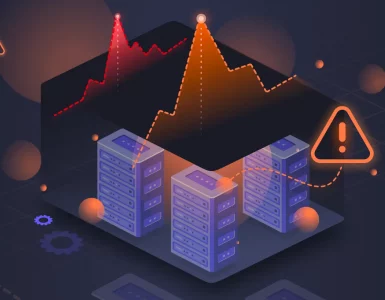Event-driven architecture (EDA) is becoming an increasingly popular approach for building modern, distributed applications. As companies adopt DevOps practices and shift towards microservices and cloud-native infrastructure, EDA provides a way to create decoupled, scalable systems.
For DevOps engineers, implementing an event-driven architecture can improve observability, enable real-time operations, and support robust, resilient systems. However, EDA also introduces complexities around security, monitoring, and debugging. Successfully leveraging event-driven architectures requires a solid understanding of EDA concepts and patterns.
In this article, experts at Talent500 have given a comprehensive overview of event-driven architectures tailored for DevOps professionals. It covers key topics like:
- What is event-driven architecture and how does it work?
- Benefits of EDA for DevOps teams and real-time operations
- EDA components: Events, producers, consumers, channels
- Architectural patterns: Pub/sub, event streaming, event sourcing
- Implementing EDA with technologies like Apache Kafka
- Security considerations and best practices
- Debugging, monitoring, and observability
- Transitioning from monoliths and SOA to event-driven systems
With clear explanations, practical examples, and actionable insights, this guide aims to equip DevOps engineers with the knowledge needed to successfully apply event-driven architecture. Let’s get started!
What is Event-Driven Architecture?
 (Source)
(Source)
Event-driven architecture is a software design pattern in which events (or occurrences) trigger downstream activities and communication between decoupled services.
In EDA, services produce events in response to state changes or actions. Other services consume these events and take action as needed. The producer and consumer are loosely coupled and unaware of each other. This allows for highly scalable and flexible distributed architectures.
For example, in a retail ecommerce system, when a customer places an order, an “Order Created” event would be published. The Order service that handles orders would produce this event in response to the state change of a new order being placed. Then, other services would consume this event:
- The Warehouse service would process it and fulfill the order
- The Billing service would generate an invoice
- The Email service would send a confirmation email
So events facilitate communication between distributed services and propagate state changes across the system. The services are loosely coupled – the Order service doesn’t need to know anything about the Email service or call it directly. This makes the overall architecture modular, flexible and scalable.
Components of an Event-Driven Architecture
An event-driven architecture consists of several key components:
Events: An event represents a state change or occurrence in the system, like an order being placed. Events contain information about what happened.
Event producers: Services or components that detect events happening, create event objects, and publish them. Producers don’t know or care about downstream consumers.
Event channels: The medium used to transmit event messages. This can be a message broker like Kafka or a message queue like SQS.
Event consumers: Services that subscribe to different event channels and take action when they receive event messages, like sending an email.
In some cases there may also be an event processor that filters, aggregates, and processes events before routing them to consumers.
Benefits of EDA for DevOps Teams
Adopting an event-driven approach provides several advantages for DevOps teams building and operating modern distributed systems:
- Improved scalability and flexibility – services can be added or updated independently
- Real-time data flow and operations – rapid propagation of state changes
- Resiliency – services continue operating if an event producer goes down
- Modularity – smaller decoupled services can be developed independently
- Observability into systems – tracing event flows provides insights
Additionally, leveraging an event streaming platform like Kafka or Kinesis allows for benefits like replayability, persistence, and buffering. Teams gain operational agility from the pub/sub eventflow.
For these reasons, EDA has become a foundational architecture for cloud-native development and microservices. The loose coupling and real-time data flow lend themselves well to DevOps practices. However, EDA also introduces complexity. The asynchronous, distributed nature can make debugging, security, and latency management more difficult. Teams need a solid grasp of EDA concepts to implement it successfully.
Core Patterns and Models
There are two fundamental patterns that event-driven architectures are built on:
#1 Pub/Sub
The pub/sub pattern provides one-to-many event propagation. Producers publish event messages without knowledge of subscribers. Multiple subscribers can listen for and consume the same events.
This allows for modular, decoupled integration between publishers and subscribers. Components can be added or updated independently. Pub/sub enables real-time flow of events to multiple consumers. It’s typically implemented via asynchronous messaging middleware like Kafka.
#2 Event Streaming
With event streaming, events are recorded in a log or stream in sequential order. Consumers can subscribe and read from this ordered stream of events. Kafka provides durable, partitioned event streams consumed via subscriber offsets. Consumers track their position and rewind as needed.
This model allows for replayability, persistence, and buffering. Consumers can “rewind” and reprocess historical events if needed. Kafka is by far the most popular technology for enabling both pub/sub and event streaming in EDA systems.
Implementing EDA with Kafka
Apache Kafka is specifically designed for high-volume pub/sub messaging and event streaming. It’s become a ubiquitous platform for implementing event-driven architectures.
Key capabilities Kafka provides:
- Pub/Sub messaging system – apps can publish and subscribe to event streams
- Persistent storage of event streams in a durable, fault-tolerant way
- Horizontal scalability to handle any volume of events
- Replayability – consumers can rewind to re-process events
- Multiple subscribers can independently read streams at their own pace
With Kafka, you can decouple event producers from consumers in a scalable, performant, and resilient way. It serves as the central conduit for event streams. Producers write event messages to Kafka “topics”, which are event streams/categories. Consumers subscribe to topics and process events via reader offsets. Kafka handles buffering, persistence, and parallel event flows.
A Kafka cluster provides the backbone for an EDA. APIs and frameworks like Spring Kafka make integration simple. Kafka enables building massive event streaming pipelines. Other comparable platforms like AWS Kinesis or Azure Event Hubs provide similar pub/sub and event streaming capabilities. The core principles are the same.
Security Considerations
Adopting an event-driven architecture introduces some new security risks and challenges:
- More components and microservices means a wider attack surface area
- Events may contain sensitive data that needs protection in transit and at rest
- Access between event producers, channels, and consumers needs to be secured
- Authentication, authorization, and access policies must be handled carefully
Strategies for securing an EDA:
Encrypt events end-to-end when containing sensitive data
- Leverage platform features like encryption at rest and TLS
- Control component access via API keys or tokens
- Implement access control lists and policies to limit component interactions
- Monitor events flowing through the architecture for anomalies
- Take an infrastructure-as-code approach to EDA deployment and security
A well-secured EDA relies on encryption, visibility, identity management, and infrastructure automation. Security should be baked into the design and implementation.
Monitoring and Observability
To operate event-driven systems effectively, DevOps teams need good observability into events and flows. Monitoring metrics and logs provides crucial insights.
Important aspects to monitor:
- Event producer performance – errors, latency, throughput
- Channel/broker performance – queue depth, connection saturation
- End-to-end event processing times
- Event consumer processing stats – lag, errors
- Log key events across the architecture
This allows detecting bottlenecks like slow consumers or producers. Teams can identify failed events and retry publishing. Debugging event ordering issues is also possible.
Distributed tracing is also hugely beneficial for following events across an EDA. Using tracing headers, teams can track event flows end-to-end through decoupled services. OpenTelemetry provides vendor-agnostic tracing capabilities. Proper monitoring and traceability makes EDA systems manageable and observable for DevOps teams operating at scale.
Debugging and Troubleshooting
Debugging distributed event-driven architectures brings new challenges:
- Lack of central coordinating component makes debugging tricky
- Often unclear which component caused an issue
- Event ordering complexities – did consumers get events in the right sequence?
- No immediate feedback if producer event publishing failed
Strategies for debugging EDAs:
- Liberal use of logging – log events entering and exiting components
- Tracing IDs – stamp events with unique IDs to track flow and ordering
- Idempotency – make consumers robust to duplicate and out of order events
- Consumer acknowledgments – explicitly ack events to confirm processing
- Inspect channel/broker – check for stalled events or consumers
- Replay events – re-run event subsets to repro issues
- Monitor metrics – unusual metrics reveal component issues
With deliberate practices, EDAs can be debugged. Tracing event journeys end-to-end is invaluable. Teams gain experience over time troubleshooting event flows.
Challenges of Transitioning to EDA
For organizations moving from monolithic apps to event-driven microservices, adopting EDA brings significant challenges:
- Major rewrite of business logic and decomposition into events
- Lack of skills and experience building event-driven systems
- Difficulty coordinating across decoupled domains and teams
- Hard to debug and monitor distributed complexity
- Increased infrastructure and operations overhead
- Requires cultural shift from centralized ownership
Strategies for transitioning to EDA:
- Start small – pilot EDA for a subdomain, not whole system
- Focus on core business events and flows
- Provide EDA training and mentoring for teams
- Build intracing, logging, and monitoring up front
- Leverage platform services like Kafka to reduce overhead
- Align on standards and guidelines for EDA implementation
- Promote culture of loosely coupled team autonomy
It takes experience for teams to design and operate event-driven systems well. Starting incrementally reduces risk during this major transition.
Putting It In Perspective
Event-driven architecture provides a powerful paradigm for building decoupled, real-time systems. For DevOps teams adopting microservices and cloud infrastructure, leveraging EDA principles allows creating flexible, scalable architectures.
However, distributed event flow brings complexity. From security to observability to project transition, executing EDA successfully requires comprehensive knowledge. With the right training, platform support, and incremental rollout, teams can harness events to drive next-generation system architecture.
Looking for a high TC job but confused how to get one?
Think no more!
Sign Up on Talent500 and browse through hundreds of jobs posted by the top companies around the globe.






Add comment